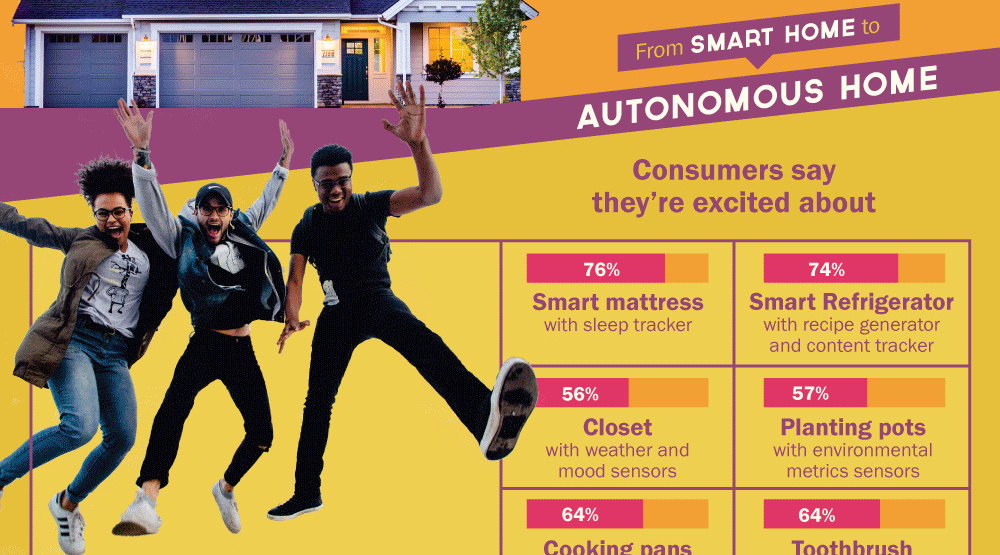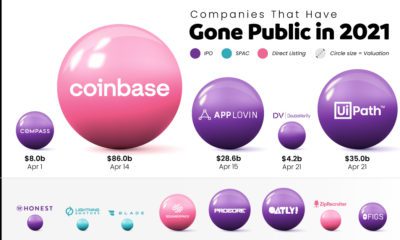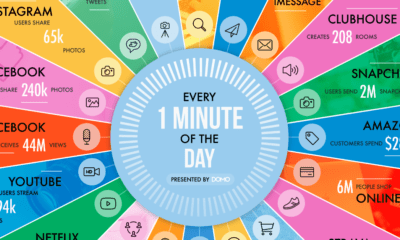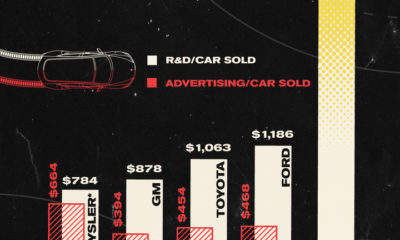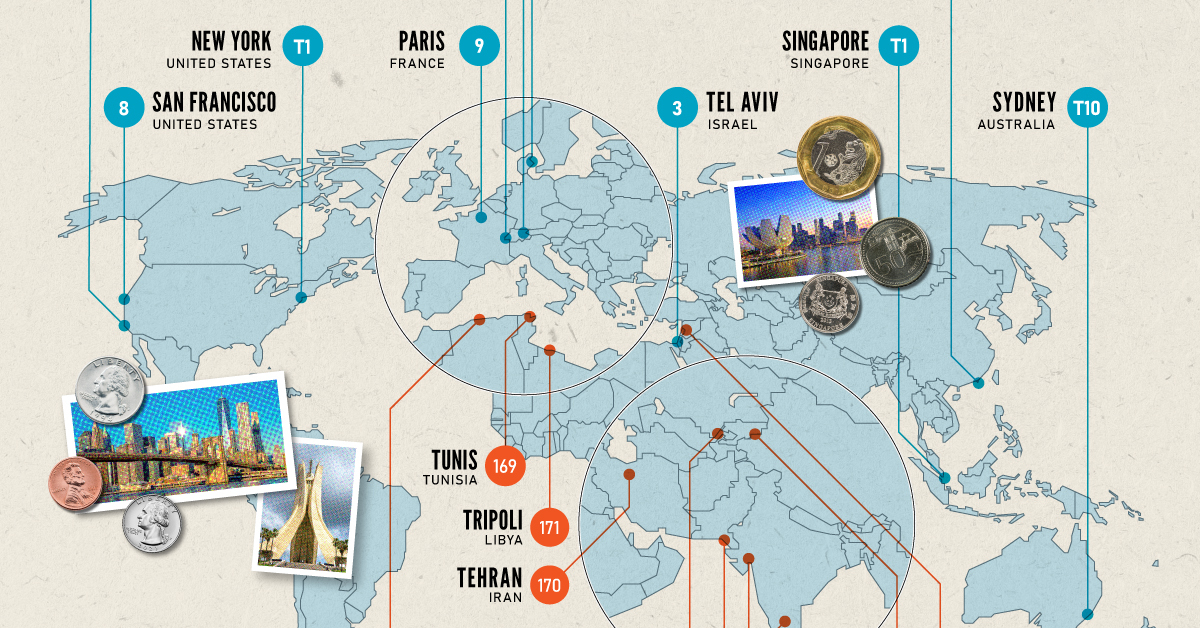However, the future has come a little slower than expected. By the end of 2017, it’s estimated that only 16.3% of Americans will live in a smart home, though this percentage will increase to 35.6% by 2021.
Examining the Smart Home Market
Today’s infographic comes from Insurance Quotes, and it helps to give an overview of the current market as well as the reasons for hesitation in the switch to smart homes. The infographic also provides a future outlook, including the impending movement to “autonomous” smart homes.
In 2016, smart systems were installed in about 45% of all homes in the U.S. that got renovated. However, they are far from ubiquitous yet – many consumers still have concerns that are holding the market back from reaching its full potential.
Top Trepidations
The largest hindrance to smart homes for now is cost, which is cited by 42% of consumers as an obstacle. However, there is also evidence that a fear of devices being hacked is also a challenge for many wanting to adopt the technology – in fact, 17% prospective buyers cite privacy and security concerns as a top hindrance. Further, about 10% of consumers have already had smart home devices hacked, and 87% of them had to shell out money to solve the issue. Paradoxically, even though technologically superior security systems are a top reason that homeowners want to have smarter homes in the first place, the vast majority of IT experts say that IoT apps such as those used at home are far harder to secure than regular mobile apps.
Autonomous Smart Homes
After smart homes, the next logical step is an autonomous smart home that can learn based on your habits and behaviors. Such a home would recognize you and other family members, adapting things like temperature, lighting, or recommendations to you automatically based on your lifestyle and activities. For this to work – everything would need to be truly connected: your mattress would assess how you sleep, your alarm would connect to your coffee maker, and the morning lighting would be shifted to match your evolving preferences. While there are many uncertainties about what an autonomous smart home would mean, the inevitability of their rise is clear. on Cities become “expensive” due to a variety of factors such as high demand for housing, a concentration of high-paying businesses and industries, and a high standard of living. Additionally, factors such as taxes, transportation costs, and availability of goods and services can also contribute to the overall cost of living in global cities. The infographic above uses data from EIU to rank the world most and least expensive cities to live in. To make the list, the EIU examines 400+ prices for over 200 products and services in 172 cities, surveying a variety of businesses to track price fluctuations over the last year.
Inflation + Strong Currency = Expensive Cities
If you live in a city where many residents find it challenging to put a roof over their heads, food on their plates, and make ends meet, you live in an expensive city. But if this inflation is compounded with a strong national currency, you may live in one of the world’s most expensive cities. Singapore and New York City tied for the first rank amongst the world’s most expensive cities in 2022, pushing Israel’s Tel Aviv from the first place in 2021 to the third place in 2022. Both these cities had high inflation and a strong currency. Surprisingly, this is the Big Apple’s first time atop the ranking. The city with one of the most expensive real estate markets worldwide, Hong Kong ranked fourth in this list, followed by Los Angeles, which moved up from its ninth rank in 2021.
Poor Economies = Cheaper Cities
Asia continues to dominate the list of the world’s least expensive cities, followed by parts of North Africa and the Middle East. Though affordability sounds good at face value, sitting at the bottom of the ranking isn’t necessarily a coveted position. While the cost of living in some of the cities in these nations is low, it comes at the price of a weak currency, poor economy, and, in many cases, political and economic turmoil. The decade-long conflict in Syria weakened the Syrian pound, led to a spiraling inflation and fuel shortages, and further collapsed its economy. It’s no surprise that its capital city of Damascus has maintained its position as the world’s cheapest city. Tripoli and Tehran, the capitals of Libya and Iran, respectively, follow next on this list, reflecting their weakened economies. Meanwhile, seven cities in Asia with the common denominator of high-income inequality and low wages dominate the list of the world’s cheapest cities. These include three Indian cities, Tashkent in Uzbekistan, Almaty in Kazakhstan, Pakistan’s most populous city of Karachi, and Sri Lankan capital–Colombo.

